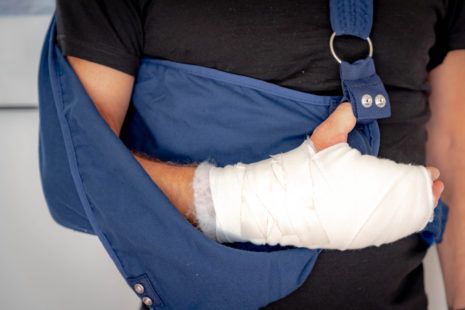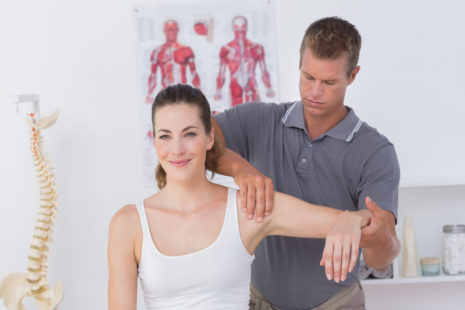The best approach for hip pain depends on the underlying cause and severity of the pain. In many cases, a combination of rest and exercise is recommended to effectively manage hip pain and promote healing.
Here’s how rest and exercise can be beneficial for different types of hip pain…
Rest for Hip Pain
- Acute Injuries – If your hip pain is due to an acute injury, such as a strain, sprain, or contusion, rest is crucial during the initial phase of healing. Allowing the injured tissues time to recover can prevent further damage and promote the body’s natural healing processes.
- Inflammatory Conditions – If hip pain is caused by an inflammatory condition like bursitis or tendinitis, rest can help reduce inflammation and ease discomfort.
- Post-Surgical Recovery – After hip surgery, a period of rest is typically necessary to allow the surgical site to heal properly. Following the surgeon’s post-operative instructions is necessary for a successful recovery.
- Severe Pain – If your hip pain is severe and movement exacerbates it, brief periods of rest can help manage pain levels until you’re ready to begin gentle exercises.
Exercise for Hip Pain
- Muscle Strengthening – Weak muscles around the hip joint can contribute to pain and instability. Specific exercises targeting the hip muscles can help strengthen and stabilize the joint, reducing pain over time.
- Flexibility and Range of Motion – Tight muscles and reduced joint flexibility can lead to hip pain. Gentle stretching exercises can help improve flexibility and range of motion in the hip joint.
- Physical Therapy – A physical therapist can design a tailored exercise program that addresses your specific hip condition, guiding you through appropriate exercises to improve function and reduce pain.
- Maintaining Joint Health – Regular, low-impact exercises like walking, swimming, or cycling can help maintain joint health and prevent stiffness in the hip.
- Weight Management – If excess weight is contributing to hip pain, engaging in regular exercise and maintaining a healthy diet can help reduce the load on the hip joint.
In general, it’s best to avoid complete immobilization of the hip joint for extended periods, as this can lead to stiffness and muscle weakness. Yet, it’s equally crucial to listen to your body and avoid activities that exacerbate pain or discomfort. Starting with gentle exercises and gradually increasing intensity and duration is a safe approach when dealing with hip pain.
Consult with a healthcare professional or physical therapist to determine the best course of action for your specific hip pain. They can provide personalized recommendations, create an appropriate exercise program, and guide you on when to rest and when to engage in physical activity for optimal recovery and pain management.




